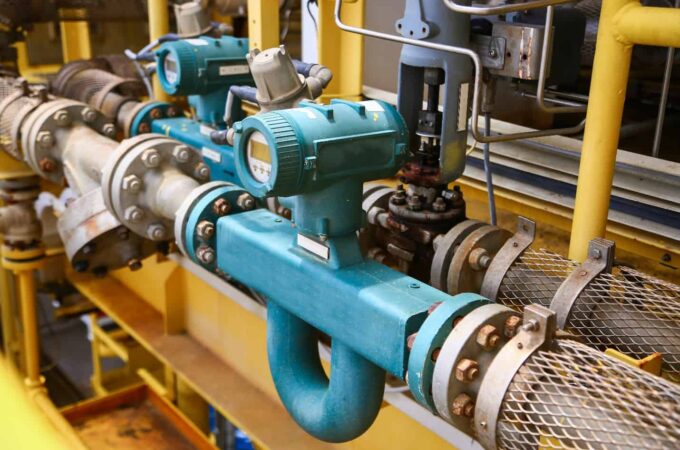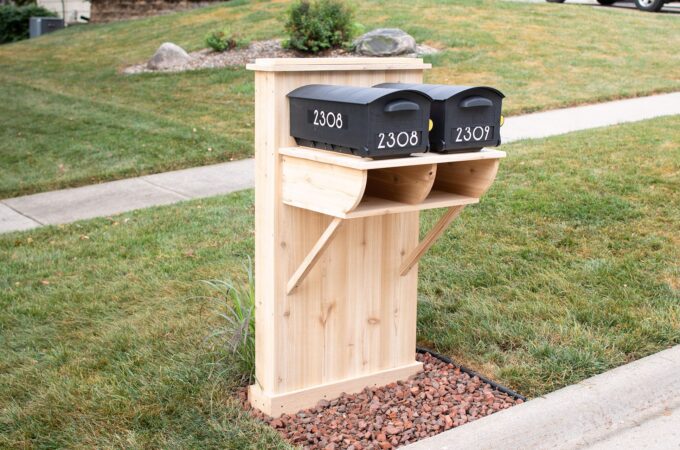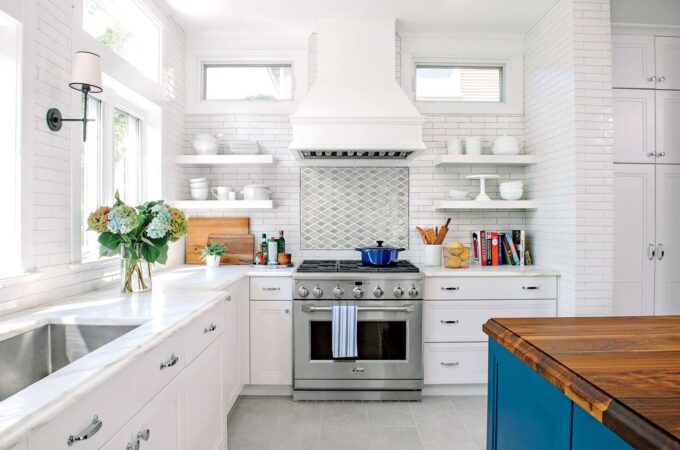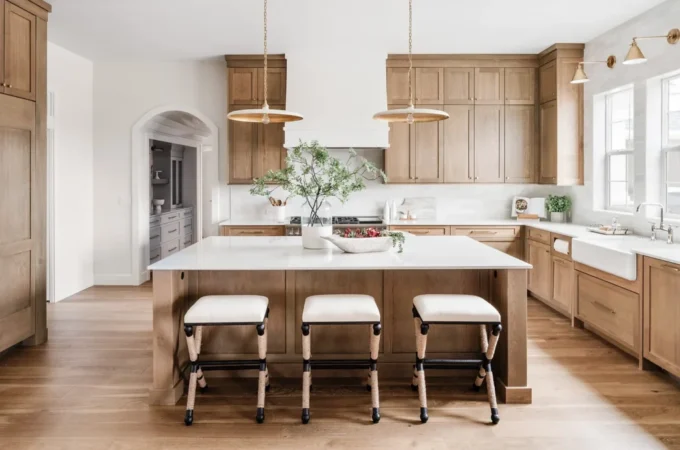
The Process of Repainting Old Kitchen Cabinets in Historic Newton Homes
Repainting kitchen cabinets is a lot of work, but repainting kitchen cabinets in historic homes adds an extra challenge. Along with the work involved in stripping, repairing, and repainting kitchen cabinets, homeowners in historic regions, like Newton, MA, need to consider their safety, the preservation of the original materials, and the protection of other areas from accidental paint smears, dust, and other debris.
If you’re thinking of repainting old kitchen cabinets in your Historic Newton home, here is a guide that will walk you through the regular process of repainting kitchen cabinets with some added tips and advice to help you protect your home.
1. Preparing Your Home
Historic homes are a treasure. So, when you start a messy project like this, it’s important to protect your home from any damage throughout the process. This means covering floors and countertops, taping things off properly (potentially with multiple layers of tape, sheets, bubble wrap, etc.), and cleaning the area thoroughly to prevent any debris from sticking in the new paint job.
When you prepare, don’t forget to go beyond the room you are painting in. After all, people may need to get in or out of the house easily and tracking paint on their shoes or clothing is a possibility. Brushes, paint trays, and other tools will need to be washed too, so preparing a way to a mudroom or a route to the hose outside is a good plan too.
2. Carefully Remove Doors, Drawers, and Hardware
Because you’re in a historic home, it is possible that your hardware already has paint on it or is painted over. This home has held families for generations before you, and not everyone is careful and meticulous. But, to preserve the home to the best of your ability and get the best paint job possible, you should remove all hardware from the cabinets.
Keep all hardware in plastic bags with the cabinet drawers and doors that they coincide with. If you don’t keep them organized, it can be difficult to find the parts you need. Also, old hardware may not all be uniform, so different hinges on a cabinet door could be difficult to line up. Number the doors and drawers so that it will be easy to reassemble once the paint job is finished.
3. Clean Cabinets Thoroughly
Kitchen cabinets accumulate a lot of grime from spills and splatters. In order to get a nice finish on the paint and ensure that the paint will last, cabinets need to be cleaned well. Any greasy residue will hinder the paint from adhering correctly and will result in peeling paint.
4. Repair Dents, Dings, and Deep Scratches
For a smooth finish after repainting your old kitchen cabinets, repair all dents, dings, and scratches. Look over your cabinets for any spots large enough to be seen after painting. Use hardener to fill these areas, then use a putty knife to spread the hardener and remove any excess product.
If you are going to use new hardware, fill the holes from the old hardware by taping off the back holes of the cabinet and filling them with hardener.
5. Sand Surfaces
When you’re painting anything in a historic home, it’s important to consider that the paint may have lead in it. Before you begin sanding, use a test kit to see whether the test shows positive for lead.
If there is lead, consider hiring a professional contractor who is qualified to deal with lead paint. This will ensure the safety of yourself, your family, and anyone else who may be working on this project with you.
If there is no lead, you are free to begin sanding and scraping off old paint. This will allow you to start with a good, clean base. Painting over old layers of paint may result in peeling paint or an uneven finish.
You don’t need to sand all the way down to bare wood; you only need to roughen the surface so that the new paint will adhere well. Before sanding, look for areas of the cabinets that are shiny or used often. Sand over these areas especially well.
If the paint is peeling up, you will need to sand down far enough to get rid of that layer of paint. Painting over it will only cause your new paint to peel. To test the adhesion of the old layers of paint:
- Score a small, inconspicuous area with a sharp blade
- Put a piece of masking tape over the scored area, pressing and rubbing on it to get it to stick well
- Quickly yank the piece of masking tape off
- If paint comes off with it, it will need to be sanded down to that level. If it comes off clean, the old paint layers are adhered well and can be painted over.
Once you’ve finished sanding, make sure to vacuum and wipe everything down so that no sawdust will interfere with the new paint.
6. Tape off the Cabinets
Tap off the cabinets so that no paint accidentally ends up on other surfaces. Make sure to choose a gentle masking tape that won’t damage the areas that are being taped off. This is especially a concern in historic houses. The years of wear can leave these surfaces more vulnerable and masking tape can peel off paint or plaster.
7. Apply a Primer
A layer of primer will help your paint adhere better and last longer. In addition to sanding, primers help to deglaze the surface of the cabinets before painting. It will also create a clean, even layer to begin painting on.
8. Apply Paint
There is no special paint needed for historic homes, but it is advised that don’t buy the cheap stuff. It’s better to spend more and know that you’re getting a quality product. Kitchens are subject to a lot of wear and tear. A strong, durable paint will serve you much better than a cheap one.
When you paint, don’t use the type of paint that you would use for your walls. It cannot handle the heavy use that the kitchen endures. Consider an acrylic paint that won’t stain and will hold up to regular scrubbing and cleaning.
Here are some tips for painting:
- Apply thin coats that will dry quickly to avoid air pockets, lessen visible brush strokes, and leave fewer bumps
- Take your time and look for any drips and smudges so that you can correct them while they’re still wet
- Let paint dry for at least 4 hours between coats
- Lightly sand surfaces between coats so that topcoats will adhere well. Wipe off with a cloth after sanding and before applying the next coat
9. Measure for and Replace Hardware
Once cabinets are completely painted and dried, measure out where new hardware needs to go or replace the old hardware. Reattach all cabinet doors and drawers. Now take a step back and admire your handiwork!
Repainting old kitchen cabinets in a historic home is a lot of work. If this seems like too big of a job for you, or if you want to make sure that it’s done just right, consider hiring a professional Newton painting company. They’ll know how to get the job done and will take proper care of your home through the whole process.




